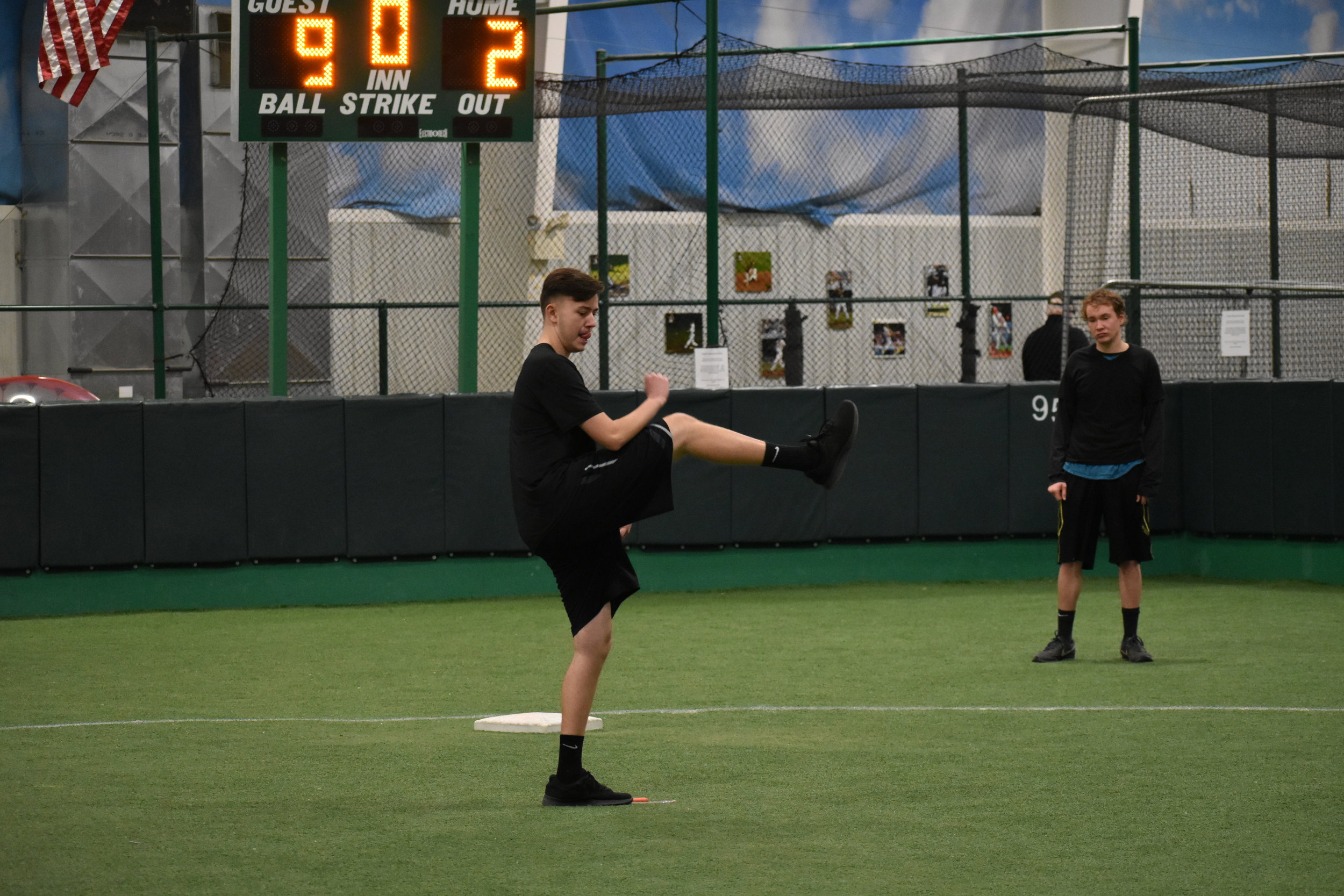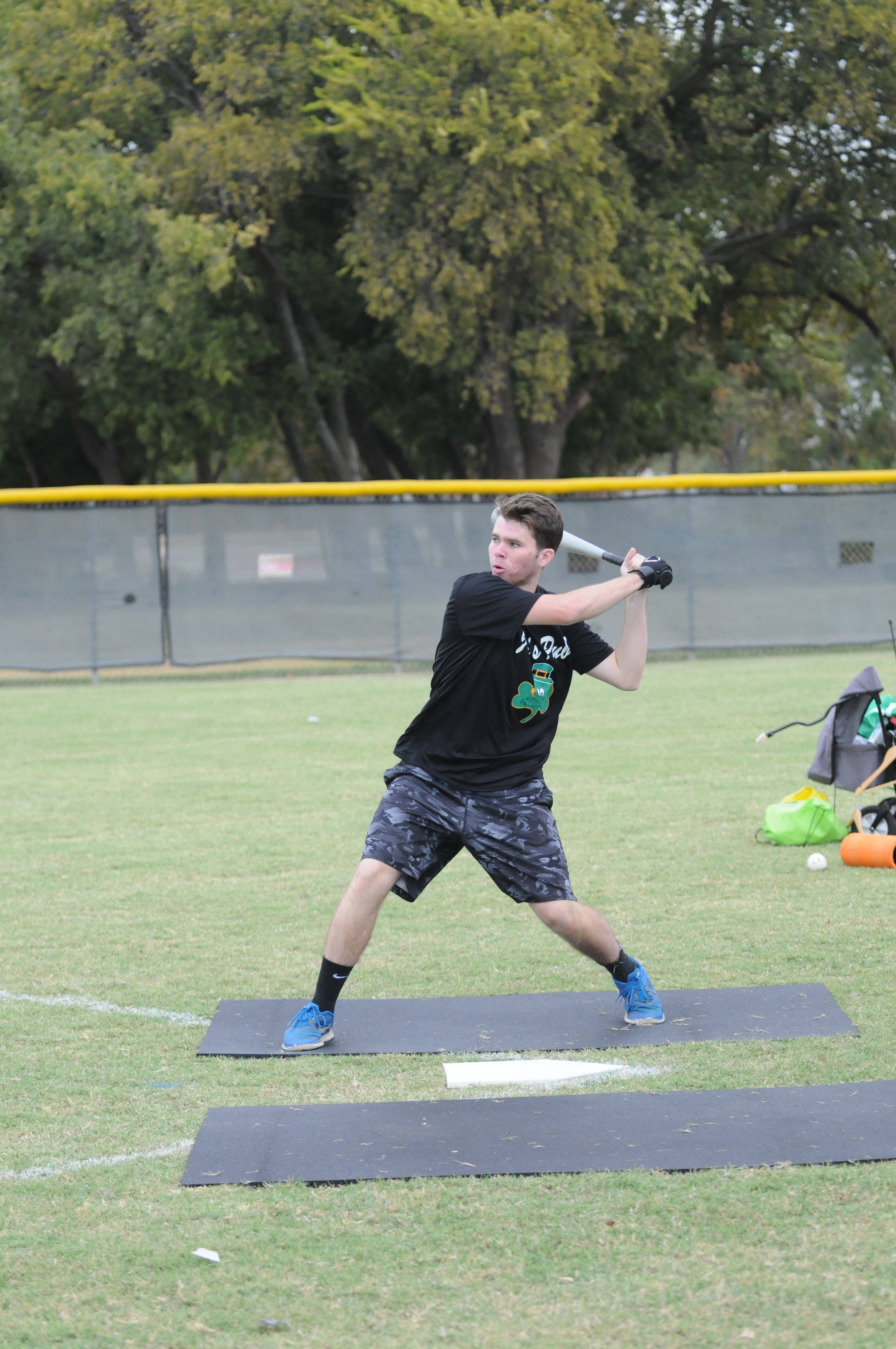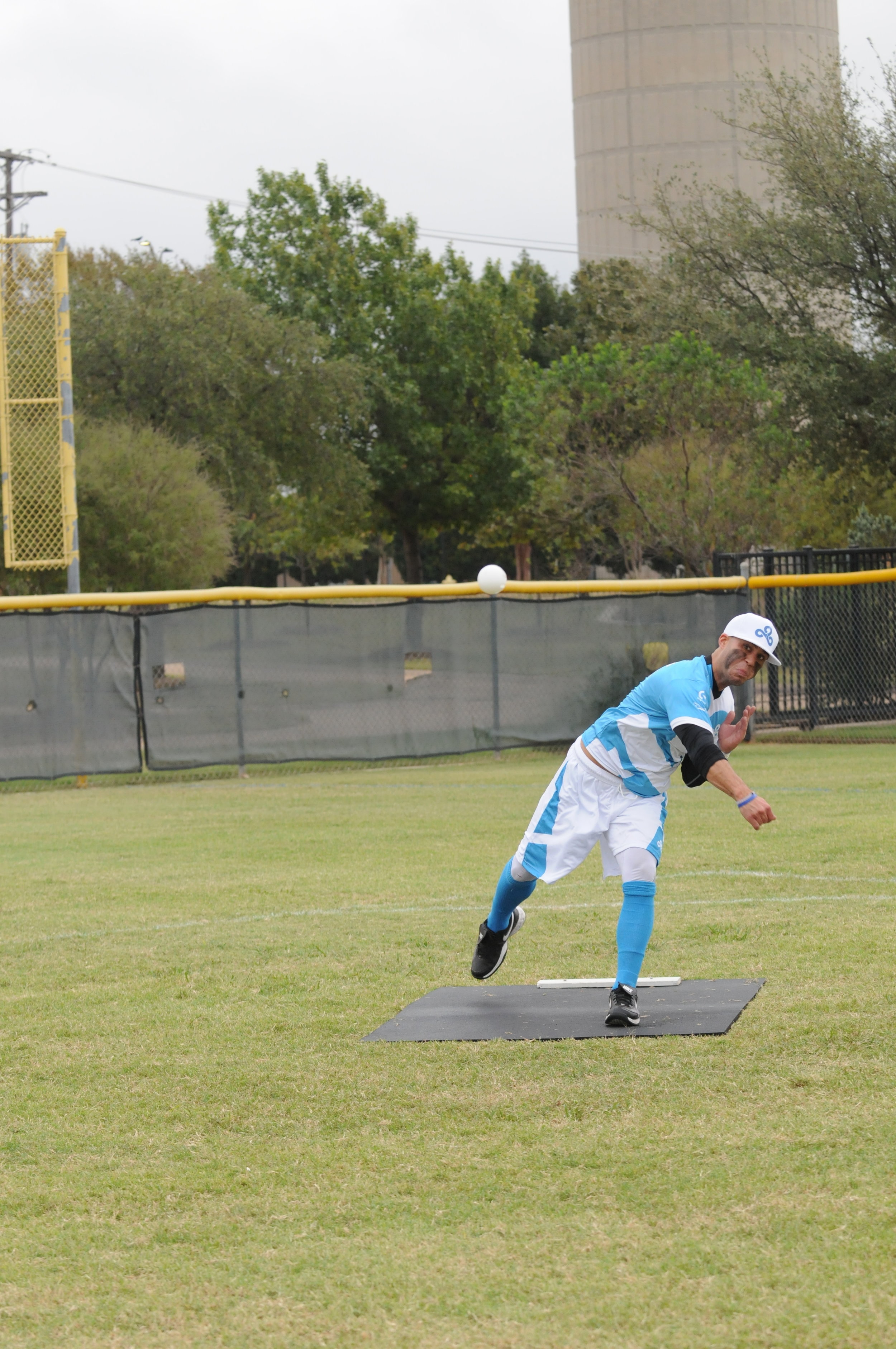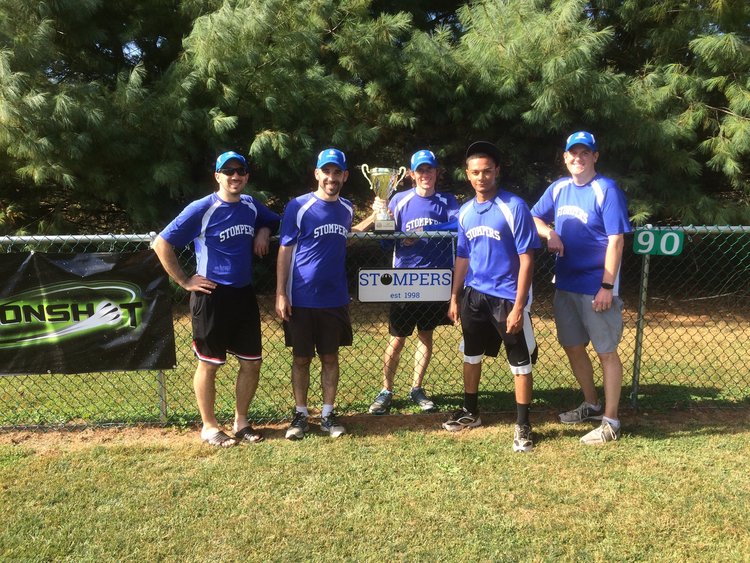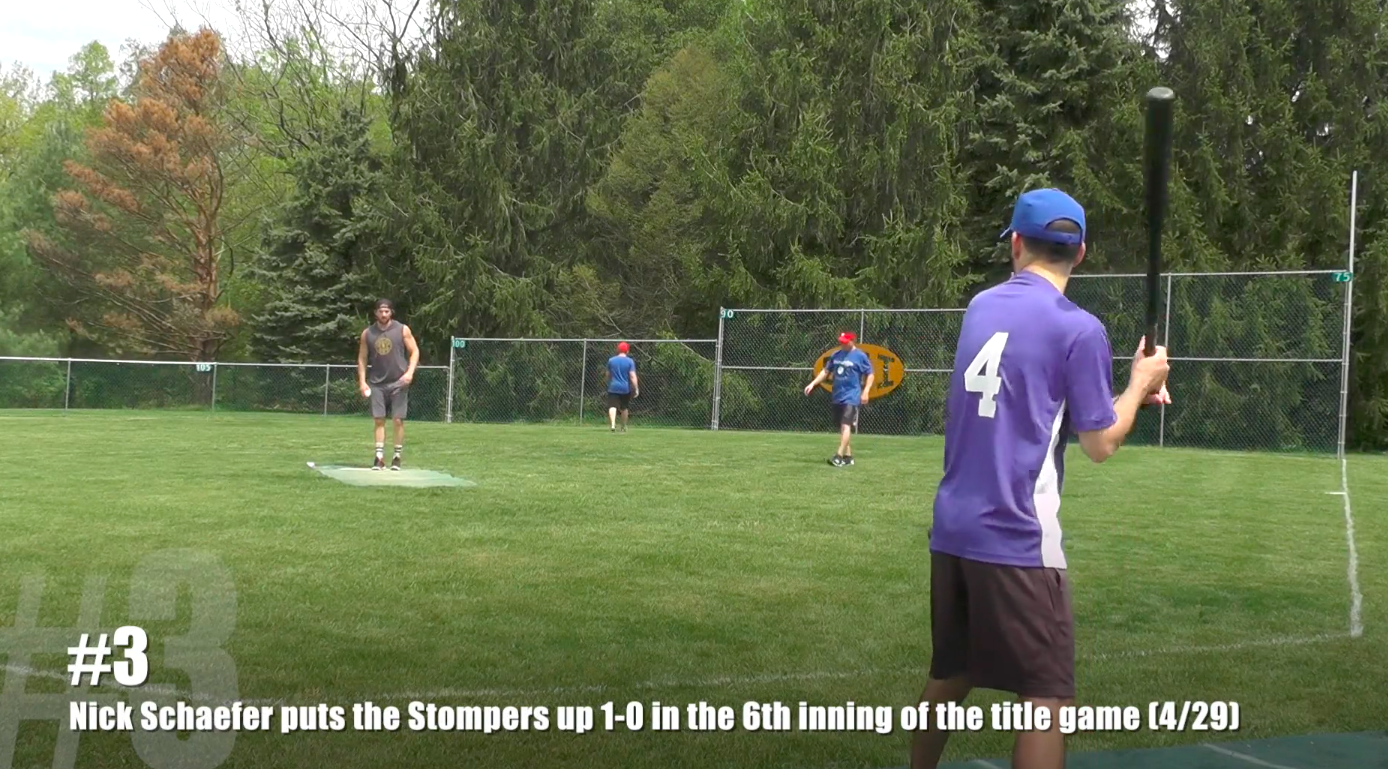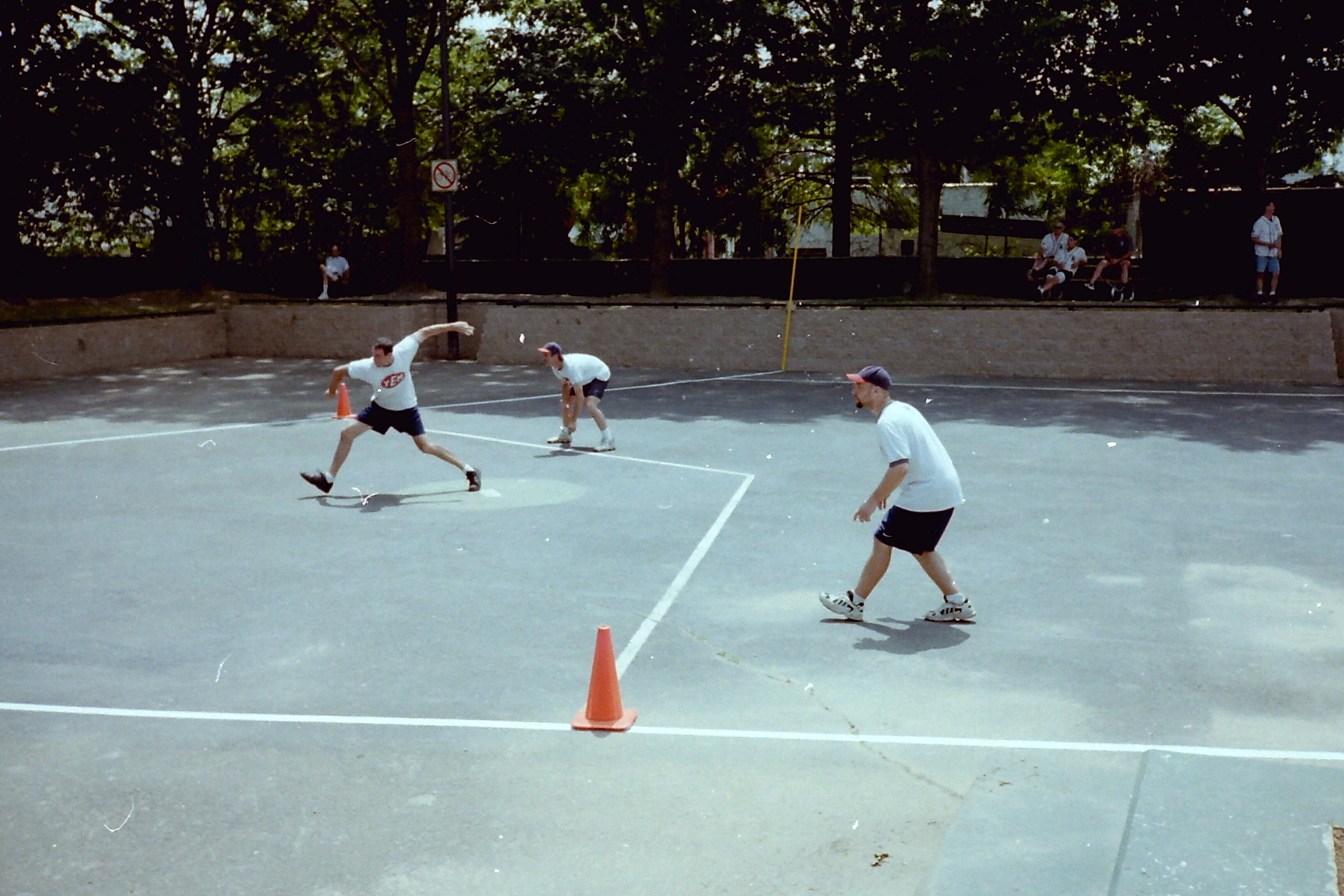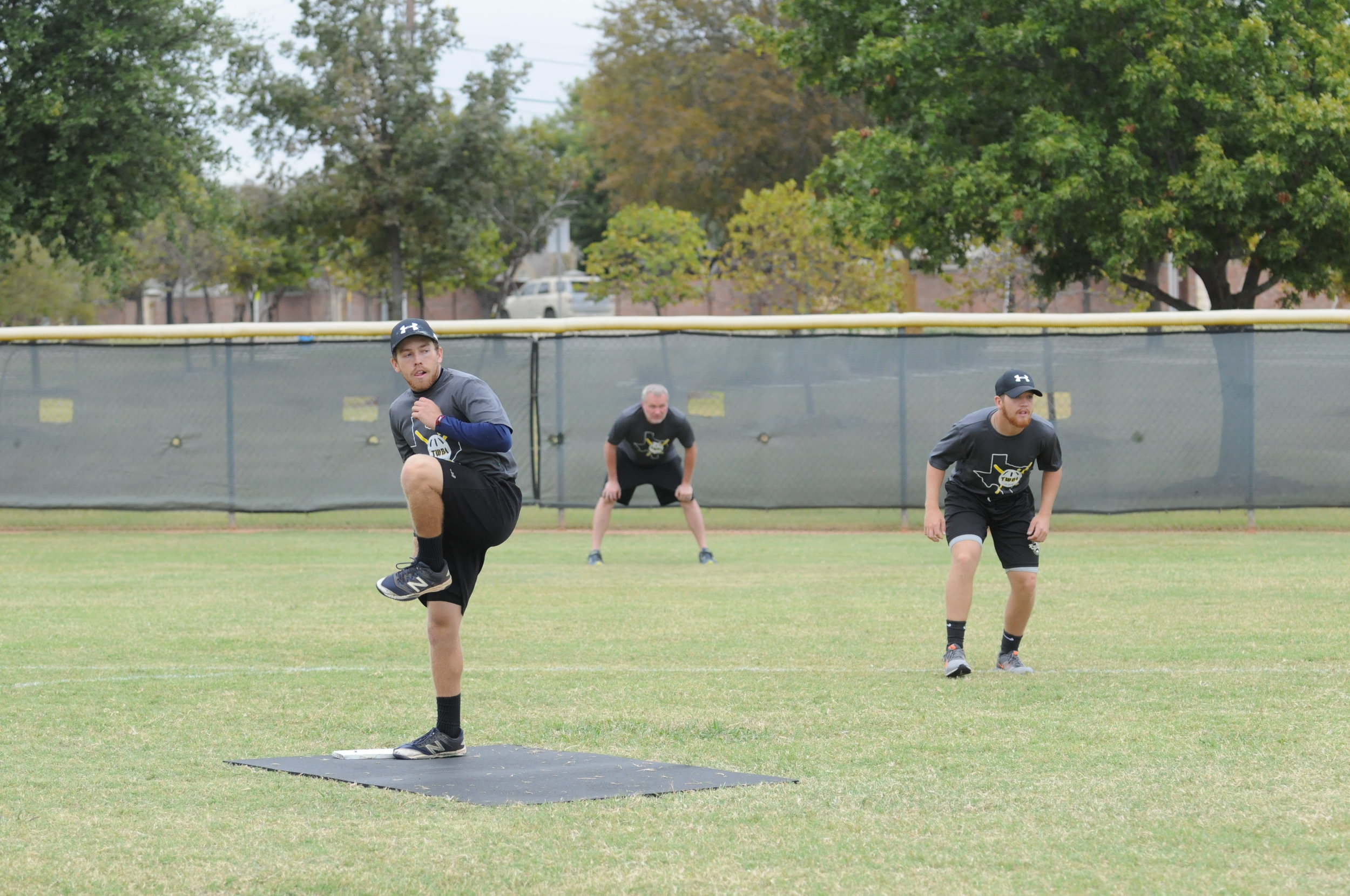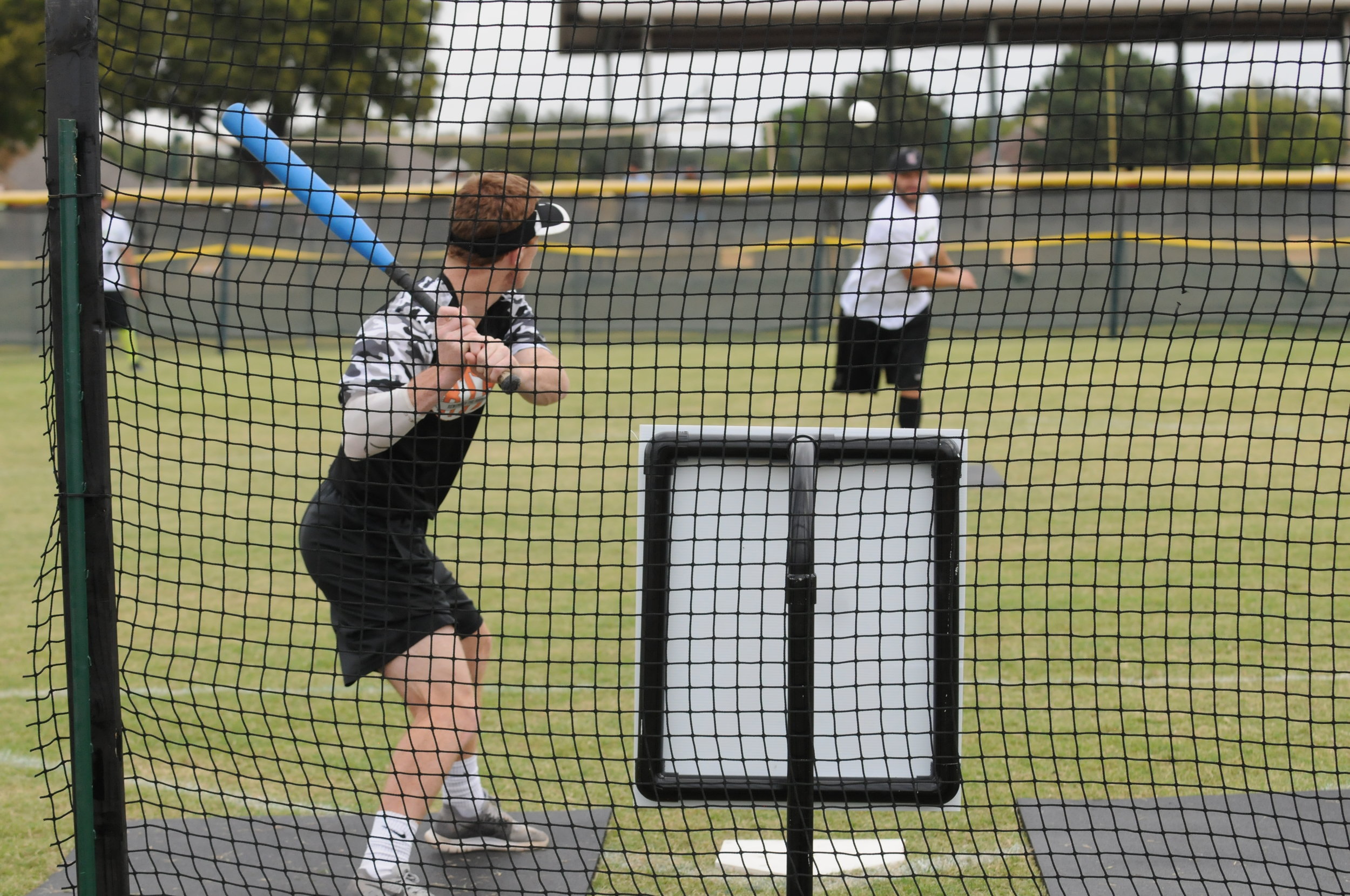Blake Hoffman might only have a couple of tournaments under his belt, but he is no newbie with the Wiffle Ball. The teenage southpaw spent years honing his craft by studying videos of the game’s best pitchers and applying what he learned to his backyard throwing sessions. That practice paid off as Hoffman more than held his own against some of the game’s better players at the MAW Winter Classic this February. The scary thing is he is likely only going to get better as he gains more tournament experience.
My Name is ERL’s lanky left-hander has a simple motion that he’s able to repeat with relative ease. He hides the ball well and he starts from the same general arm slot for most every pitch, making it difficult for batters to read what is coming. With left-handed pitchers being such a rare commodity in this game, Hoffman holds an inherent advantage over opposing batters. He adds to that advantage with a quality screwball/drop that comes right at a right-handed hitter before darting down and away. That pitch from a left-hander is not something hitters have to deal with often, which makes Hoffman extra tough to hit. At the Winter Classic, he mixed in an equally challenging low riser that drew a lot of looking strikes. By his own admission, Hoffman does not throw that pitch often but had it working in Medford so he leaned on it more heavily than he otherwise would. That is a clear sign of his pitching acumen.
This is no crafty lefty, either – Hoffman brings plus velocity and thus far has been able to maintain it deep into tournaments. The most popular upload on Hoffman's YouTube channel is not one of his pitching sessions, but rather a highlight video of Aroldis Chapman's 2012 season. Like Chapman, Blake combines plus movement with plus velocity for what amounts to a deadly combination. He has good control of his pitches but still has room to improve his command within the strike zone. His pitch selection is another area where he has room for improvement, which will likely come with more experience against quality hitters.
At the plate, Hoffman is more of a work in process. He has a smooth swing but at times it appears to be a little long through the zone which hurts his ability to make contact against higher velocity pitchers. His pitch selection can also be improved on, which again, is something that should improve with additional experience. The plan is for Hoffman to play in several Mid Atlantic tournaments this summer alongside his My Name is ERL teammates (the long commute from Ohio might limit the total number of dates he is able to make) and if all goes well, he’s going to get a lot of Rookie of the Year votes come September.

